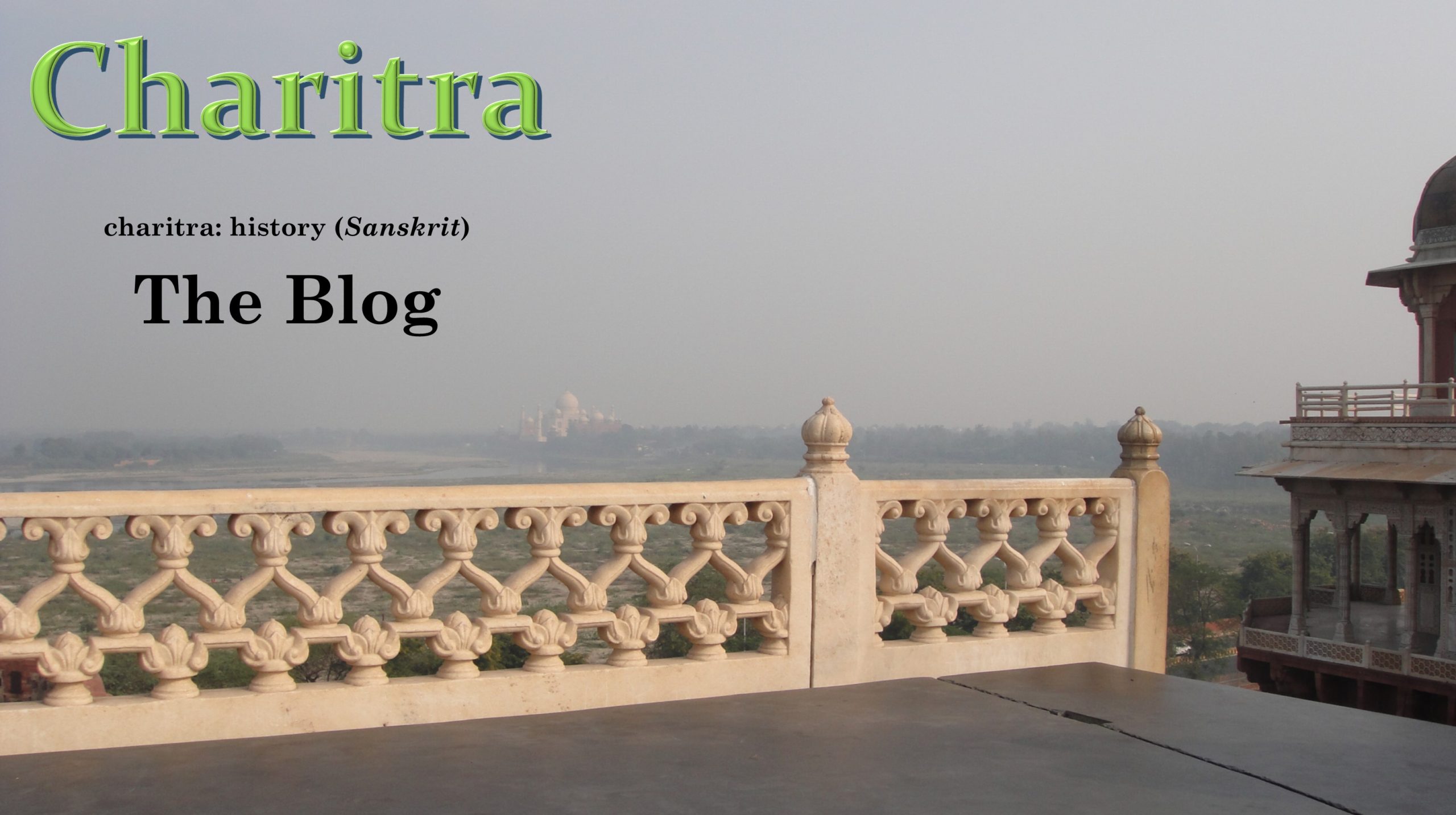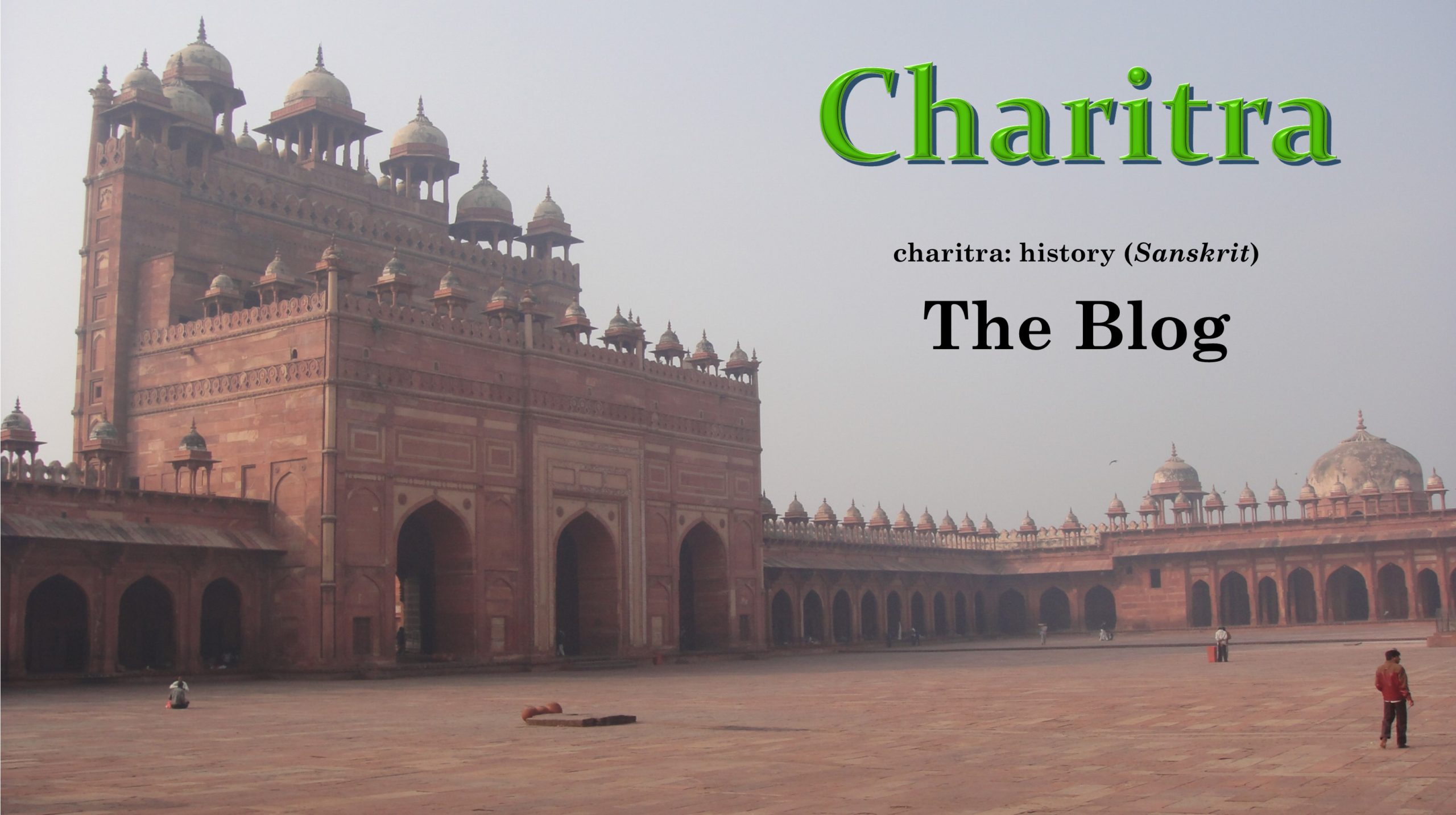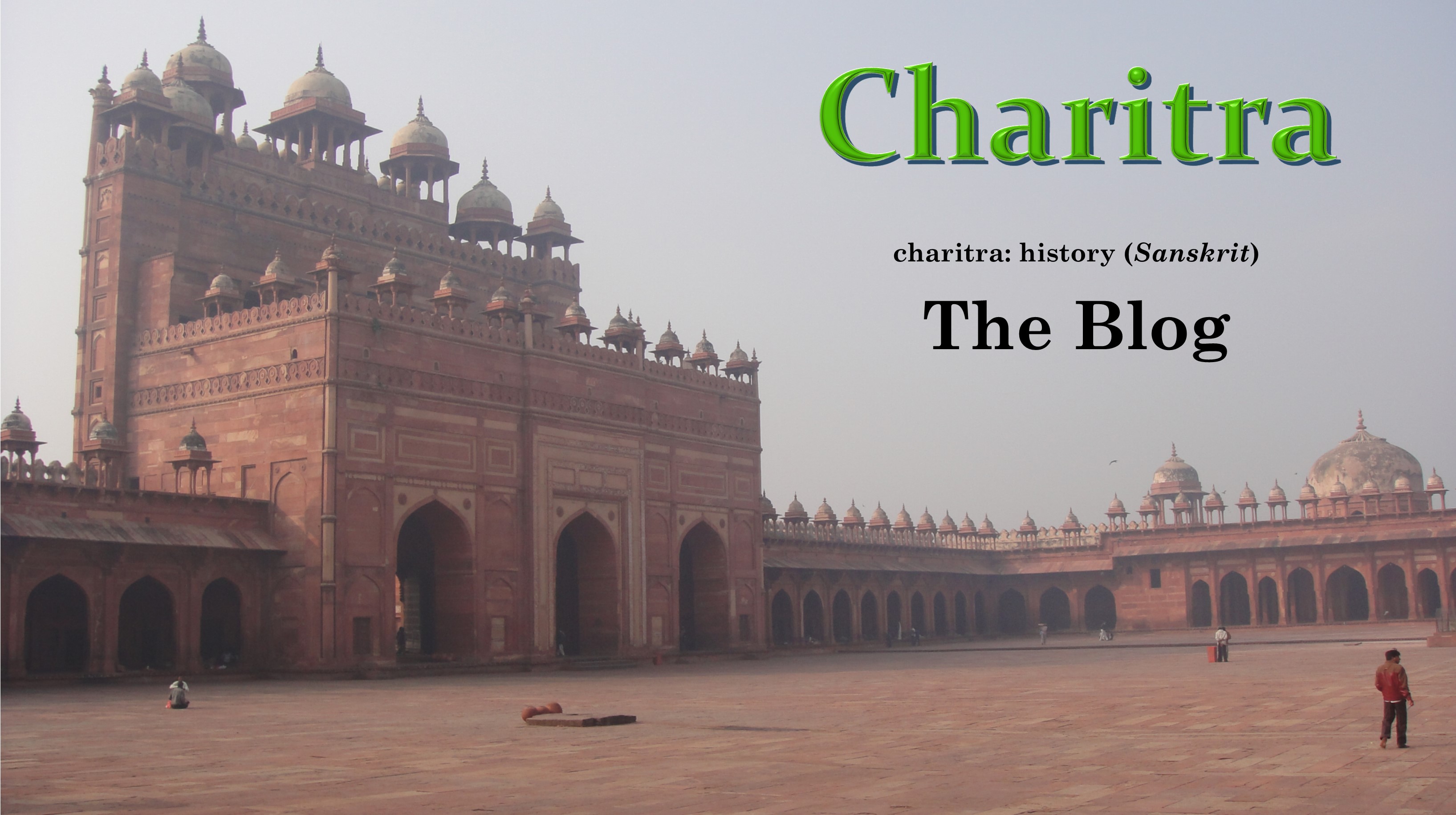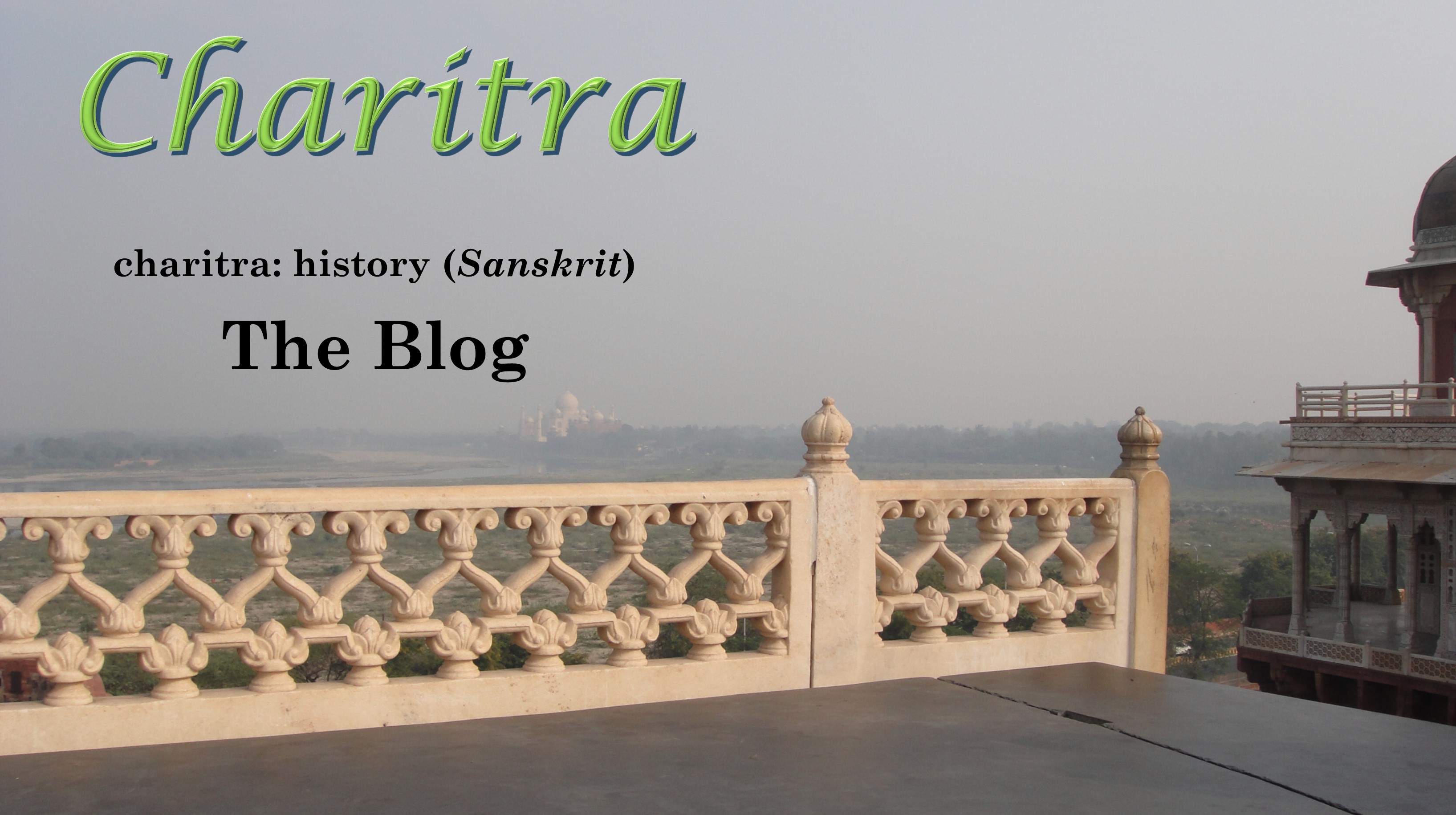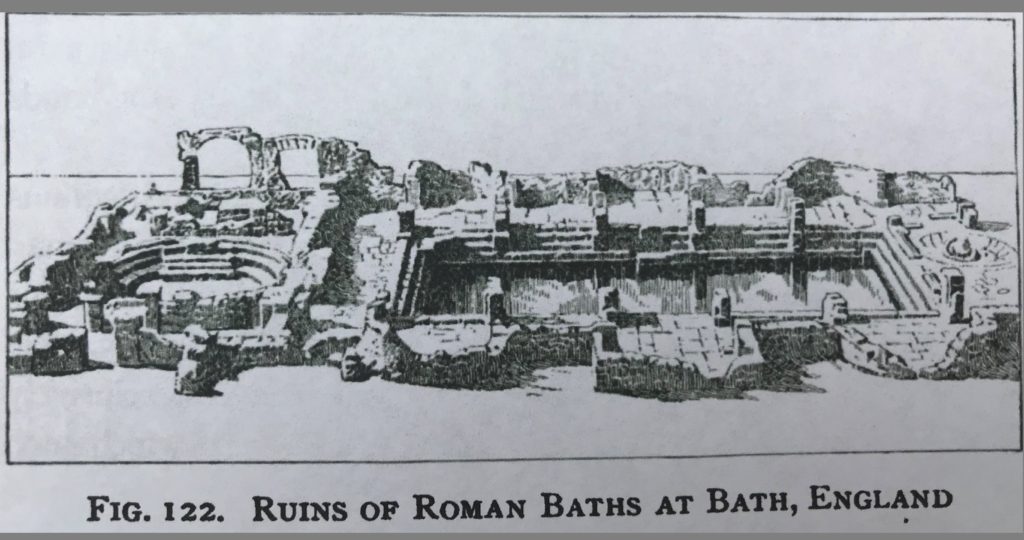Part 3 of 5 (Part 1 here; Part 2 here)
If Robert E. Lee had written his own memoir, he might well have started it with the same phrase Ulysses S. Grant used in his, “My family is American. . .”
In the America of the late nineteenth century of Grant and Lee—after enormous tracts had been released by the Louisiana Purchase and Lewis & Clark had gone on their expedition of exploration of the wild, wild west—there was a strong movement westward to fill in the spaces, and not enough people to populate them. So, began another wave of immigration into the U.S.
I suppose then it became a matter to pride to distinguish yourself from the new Americans, which was why Grant emphatically used that curious phrase.
Continue Reading
